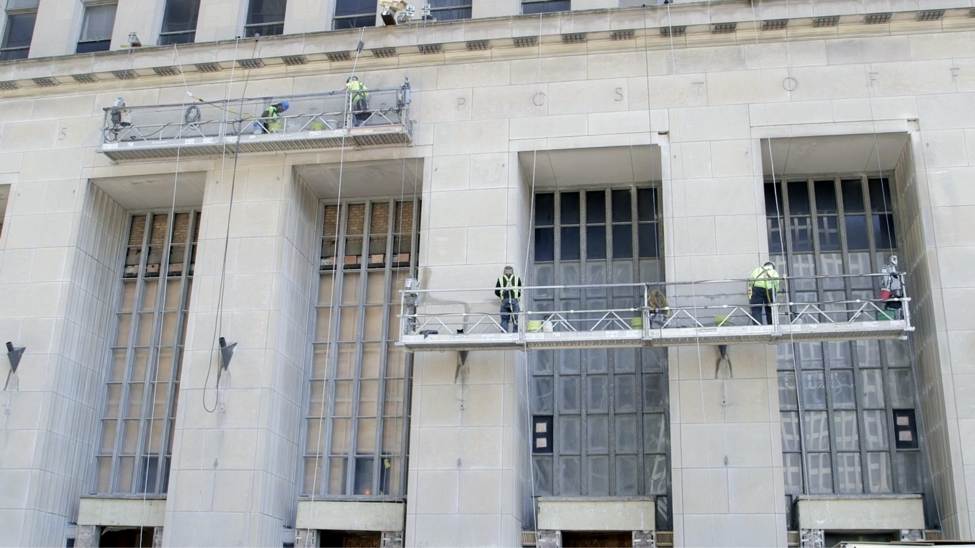New is not always better. A recent wave of successful adaptive reuse efforts—think of new hotels such as the Chicago Athletic Association, LondonHouse, and the Robey, just to name a few—has not only shown that preservation can be profitable, but it’s also an indicator that tastes are changing, says Bonnie McDonald, president of the preservation group Landmarks Illinois.
“Developers and customers are showing preferences for places with authenticity and character,” McDonald says. “Preservation is not antithetical to progress—preservation is progress. It’s a vital component to any economic and community strategy.”
As Chicago’s construction boom heads into yet another year, the residents, historians, and developers who believe in preservation will continue to play an important role. McDonald, along with Ward Miller of Preservation Chicago, both offer their insight on this year’s preservation and adaptive reuse highlights.
Old Main Post Office
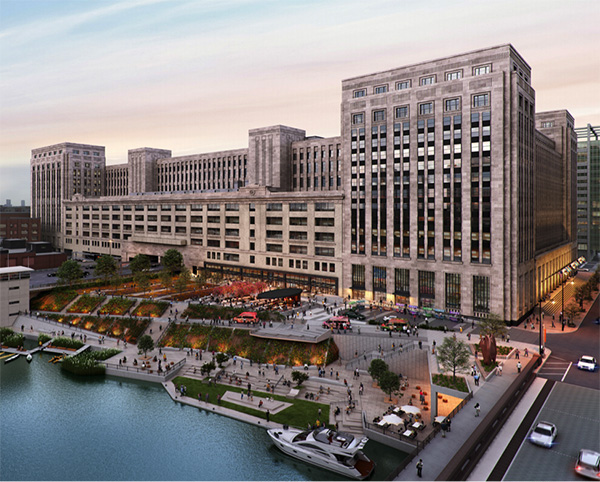
Both McDonald and Miller view the adaptive reuse and renovation of Chicago’s Old Main Post Office as one of the city’s most significant preservation victories in years. The Art Deco-era behemoth, which sat vacant for nearly two decades, is currently undergoing a major overhaul which will see the downtown structure transformed into a mixed-use development complete with office space, retail offerings, and a new stretch of Riverwalk by 2019.
Miller and McDonald also suggest that the revitalized structure, now titled The Post Office, would be a fitting location for Amazon’s second headquarters should the tech giant ultimately select Chicago for its next corporate outpost.
“This is a massive working building in a prime location,” McDonald says. “The old post office is a utilitarian building that will once again be working for the people of Chicago.”
Rosenwald Court Apartments
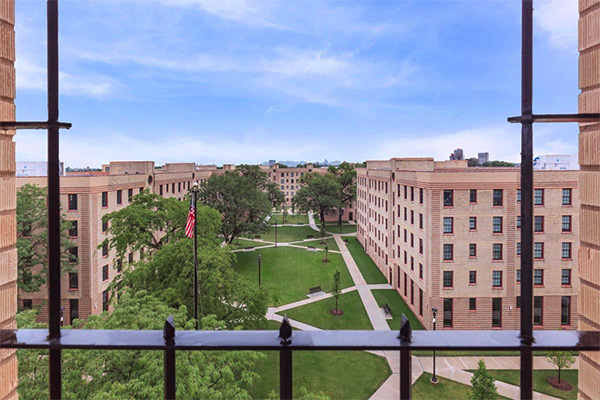
Neighborhood stakeholders and public officials cut the ribbon on the fully restored Rosenwald Court Apartments a year ago, but residents didn't move in until this year. Shuttered in 2000 and having overcome threats of demolition, Miller describes the preservation effort and subsequent renovation of the Rosenwald Court Apartments as the “best of the best” redevelopments in Chicago, with architectural and cultural merits.
Originally developed by Sears Roebuck executive Julius Rosenwald, the complex was created to elevate affordable housing by providing roomy residences with modern amenities when it first opened in 1930. It was the former home to music legends Quincy Jones and Nat “King“ Cole as well as famed boxer Joe Lewis, Miller notes.
The extensive multi-year, $107 million renovation earned the Rosenwald Courts redevelopment team the Driehaus Foundation Preservation Award for Rehabilitation from Landmarks Illinois this summer.
Julia C. Lathrop Homes
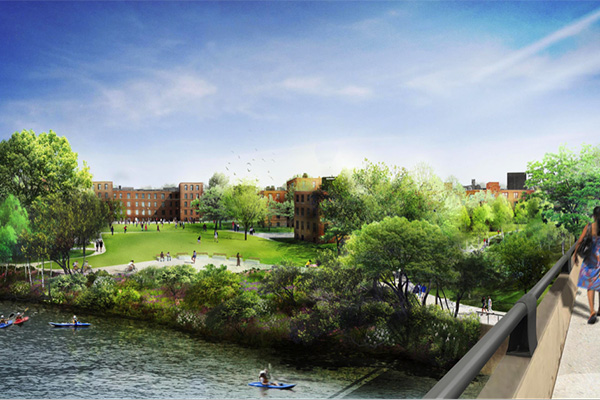
The redevelopment of the historic Lathrop Homes will deliver 1,116 mixed-income residences to a prominent 32-acre site along the Chicago River’s North Branch. McDonald and Miller both praise this year’s groundbreaking for the first phase, which is being completed by a high-profile cast of developers and architects.
“The Lathrop Homes renovation was a long preservation effort between numerous groups,” Miller says. Local, state, and national-level organizations collaborated to ensure the preservation of many of the original masonry buildings that were constructed in the 1930s.
McDonald hopes that the Lathrop redevelopment will see more original structures saved and restored. “We will continue to advocate for more preservation,” McDonald says. “But we’re thrilled to see progress moving forward after 17 years of planning.”
Neighborhood-led preservation efforts
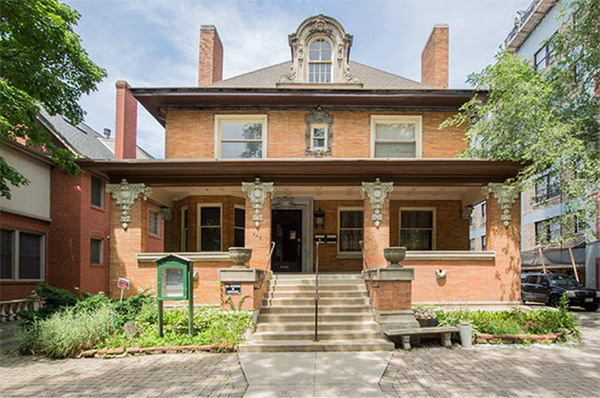
“The Loop gets a lot of attention because the adaptive reuse projects are very high profile, but it’s really the neighborhoods that have these wonderful success stories where people step up and declare what is important to them,” McDonald says. She and Miller point to several examples, like the grassroots efforts to save buildings like the Serbian American Museum in Lakeview and an Andersonville greystone on Berwyn Avenue.
McDonald adds that this year’s neighborhood-led efforts do more than simply preserve structures. “Losing the small-scale, pedestrian feeling of neighborhoods and preserving these buildings is about saving a sense of place,” McDonald says. “We want to save places for people to use.”



